How to breathe yourself back to better health
How to improve your blood pressure and increase the benefits of your regular exercise: Give your diaphragm a dumbbell.

It is the biceps, abs and pecs that get all the attention in the gym world, but these so-called mirror muscles are often outperformed by those that work in relative obscurity to improve many important aspects of our health. Among the under-recognised muscles that toil to protect our wellbeing are those that control our breathing. With each inhalation, the inspiratory muscles contract to draw air into our lungs, with the large dome-shaped diaphragm, the most efficient of them all, flattening and relaxing to deliver oxygen at an average rate of 12 to 16 times a minute.
With ineffective inspiratory muscles we are doomed. Yet they are among the most overlooked of our body’s musculature, barely registering on a list of those we need to work to keep in shape. That could change after recent studies proving how worthwhile it might be to put our breathing muscles through a training regimen. It needn’t entail hours of gym time. University of Colorado researchers found that a daily five-minute strength-training home workout for inspiratory muscles is enough to bring about significant health benefits.
For the study published recently in the Journal of the American Heart Association, Daniel Craighead, an assistant research professor at the University of Colorado, recruited 36 middle-aged and older participants who had raised blood pressure but were otherwise healthy. He asked half of the volunteers to complete a high-intensity form of inspiratory muscle strength training (IMST) that involved inhaling vigorously through a handheld breathing trainer 30 times a day six days a week.
BREATHING TRAINING
Such devices can be bought for less than $AU55, including the NHS-approved PowerBreathe (powerbreathe.com). They work by providing a resistance that Craighead likens to “sucking hard through a tube that sucks back. They require you to breathe in against a resistance two to three times greater than that produced during even maximal-intensity aerobic exercise. In other words, you have to breathe two to three times more forcefully than you do when you are running flat-out.”
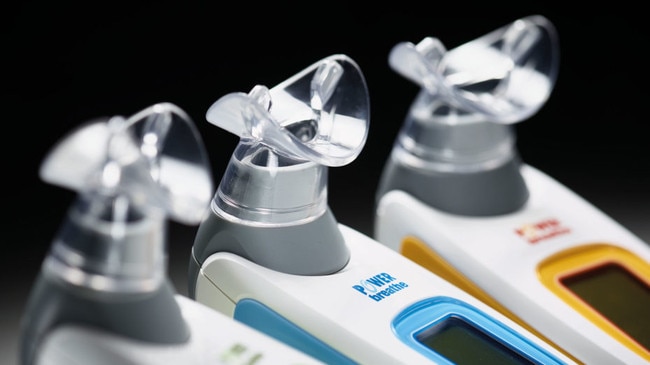
It’s a short but tough daily workout: the equipment used in the experiment increased inspiratory pressure by 75 per cent compared with the 15 per cent resistance of a sham breathing trainer used by those in a control group.
“With IMST, the diaphragm is the main muscle used, but it also activates the intercostal muscles, the small muscles located between the ribs, and the sternocleidomastoids, muscles that run from the jaw to the collarbone,” Craighead says. “We need all of these muscles to enable us to expand the lungs and to inhale.”
Yet by the end of the six-week trial, participants had completed 95 per cent of the sessions and their effort had paid off. Men and women in the IMST group had reduced their systolic blood pressure — the top number in a blood-pressure reading, it’s the force at which your heart pumps blood around your body — by an average of nine points. That’s the kind of reduction you might achieve by doing a 30-minute daily walk or by taking some blood-pressure lowering medication. What’s more, the benefits appeared to be long-lasting, with blood pressure remaining down a further six weeks after stopping IMST. “There were also improvements in other laboratory measures of blood vessel health, including improved function of the vascular endothelium, which is the inner lining of cells on the blood vessels that are very important for preventing cardiovascular diseases,” Craighead says.
“We believe this was due in part to lower oxidative stress and inflammation after six weeks of IMST.” Buying a muscle-training device isn’t crucial. Craighead says that deep breathing without a resistance aid has been shown to lower blood pressure, but it takes at least 30 minutes a day, which is why he thinks that his abbreviated high-intensity version will be appealing.
Meanwhile, Dr Stephen Preece of the University of Salford is working on a project funded by the Engineering and Physical Sciences Research Council to improve the lives of the 10 per cent of the population with breathing issues. “Dysfunctional breathing is associated not just with underlying conditions such as COPD [chronic obstructive pulmonary disease] and asthma, but with raised levels of anxiety and stress,” Preece says. “Most people don’t know what’s going on with the breathing muscles, and yet if the muscular co-ordination of breathing is altered in any way it can affect the parasympathetic and sympathetic nervous systems, severely impacting our sense of wellbeing.
BOOSTING YOUR WORKOUT
“Ultimately, better muscular control is associated with better breathing,” Preece says. “It’s something we can all work on improving.”
Training our breathing muscles could also mean we get more out of regular exercise. Studies have shown it to enhance performance by increasing respiratory muscle strength and endurance. “The effects are likely due to better efficiency of the respiratory muscles, with the result being someone won’t have to work as hard during exercise after ISMT,” Craighead says. “It means that blood flow can be diverted from the respiratory muscles to the legs during running or cycling, allowing that person to exercise harder.” Craighead says that his findings hold special relevance for post-menopausal women not taking HRT, who were shown in a study at Colorado to reap less benefit from aerobic exercise when it came to vascular health, but to match men in improvements with regular IMST.
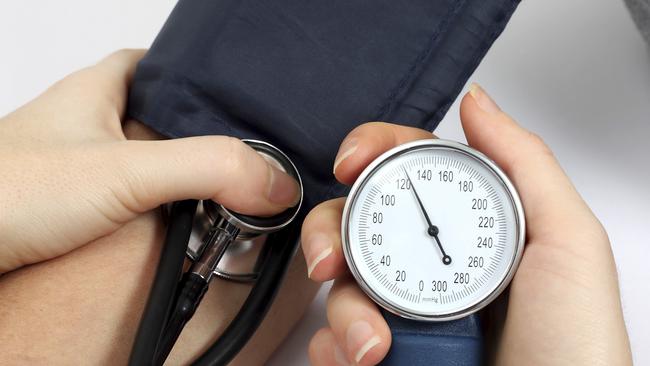
What it won’t do is replace the need to be physically active. “Inspiratory training isn’t an alternative to exercise and it doesn’t replicate all the health benefits of aerobic activity,” Craighead says. “We didn’t see improvements in cholesterol and blood sugar with IMST, but we know aerobic exercise can improve these important cardiovascular disease risk factors.”
Yet he says that resistance breath training is definitely better than doing nothing. “The largest improvements in fitness performance will likely occur in those who aren’t very fit when they take it up.” Craighead uses it himself. “I run a lot, so the performance benefit for me might not be huge. But it takes only five minutes a day, and any improvement in performance will be worth the small burden.”
FIVE WAYS TO BE A POWER BREATHER
1. CHECK YOUR BREATHING PATTERN
Dr Stephen Preece, the director of the Centre for Health Sciences Research at the University of Salford, says that the initial standard treatment for anyone with dysfunctional breathing is to get them to lie on a bed and breathe deeply.
“When you have done that for a couple of minutes, place one hand on your upper chest and one hand on your abdomen just below your rib cage,” Preece says. “As you breathe in through the nose, you should feel the abdomen rise with little or no movement in the chest, then breathe out through the mouth.” When you have mastered it lying down, progress to standing up.
2. AVOID CHEST BREATHING
Characterised by an upward and outward movement of the chest, this is the way we breathe during vigorous exercise, but it can make the body tense if we over-rely on it. “It activates the upper chest muscles, increasing feelings of anxiety,” Preece says.
3. DON’T OVERWORK YOUR CORE MUSCLES
Good breathing involves relaxation as well as contraction of the diaphragm, and Preece says that people with overly worked abdominal muscles can damage their breathing patterns.
“When your abs are tight and contracted, the diaphragm pushes downwards, which means breathing might become worse,” he says. “Take time to practise relaxed deep breathing too.”
4. INVEST IN A BREATHING MUSCLE TRAINER
Daniel Craighead, an assistant research professor at the University of Colorado, advises looking for a IMST device that can produce at least 120 cmH2O, the unit of resistance.
“There are many devices that max out around 40 to 50 cmH2O, and these won’t produce enough resistance for people to see a benefit with only 30 inhalations per day,” he says. Try the Powerbreathe Plus (pounds 49.99; powerbreathe.com) or Air Physio Sports (pounds 54.95; luftforlife.com)
5. TRY THE HIIT BREATHING WORKOUT
Craighead advocates taking 30 inhalations a day in the form of five sets of six efforts, with one-minute to recover between sets, on six days a week with an inspiratory trainer.
“The inhalations are at a very high intensity, so it is time-efficient, but also very high effort,” he says. Or you can practise with or without a lower-intensity IMST for 30 minutes daily.
The Times

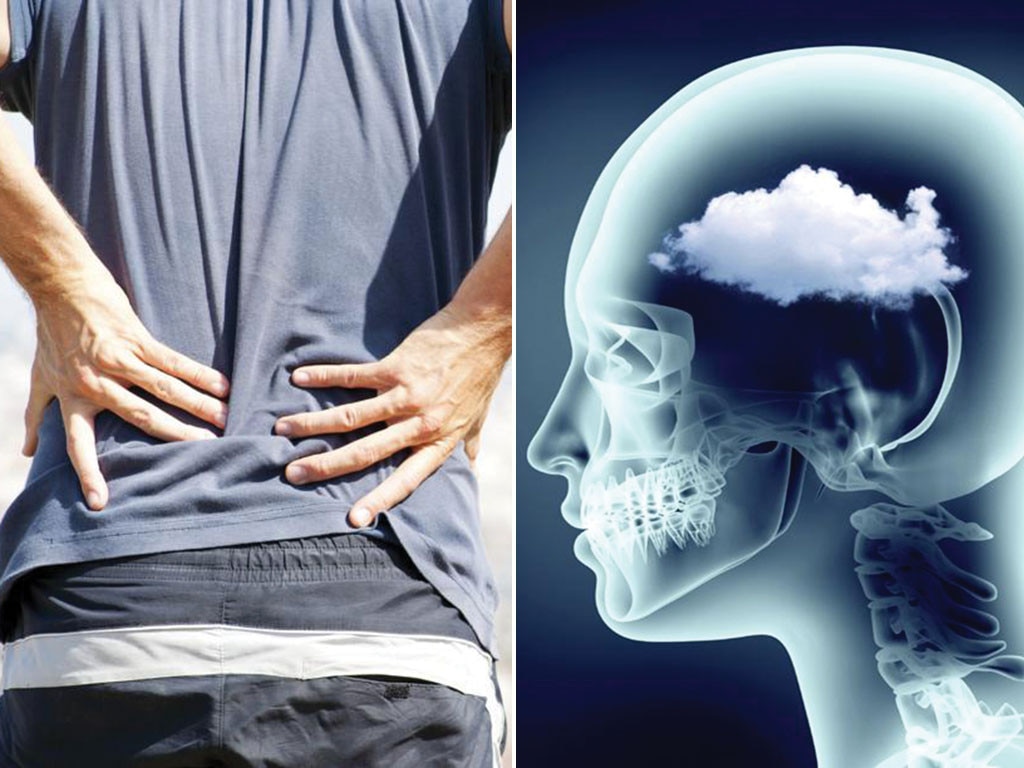
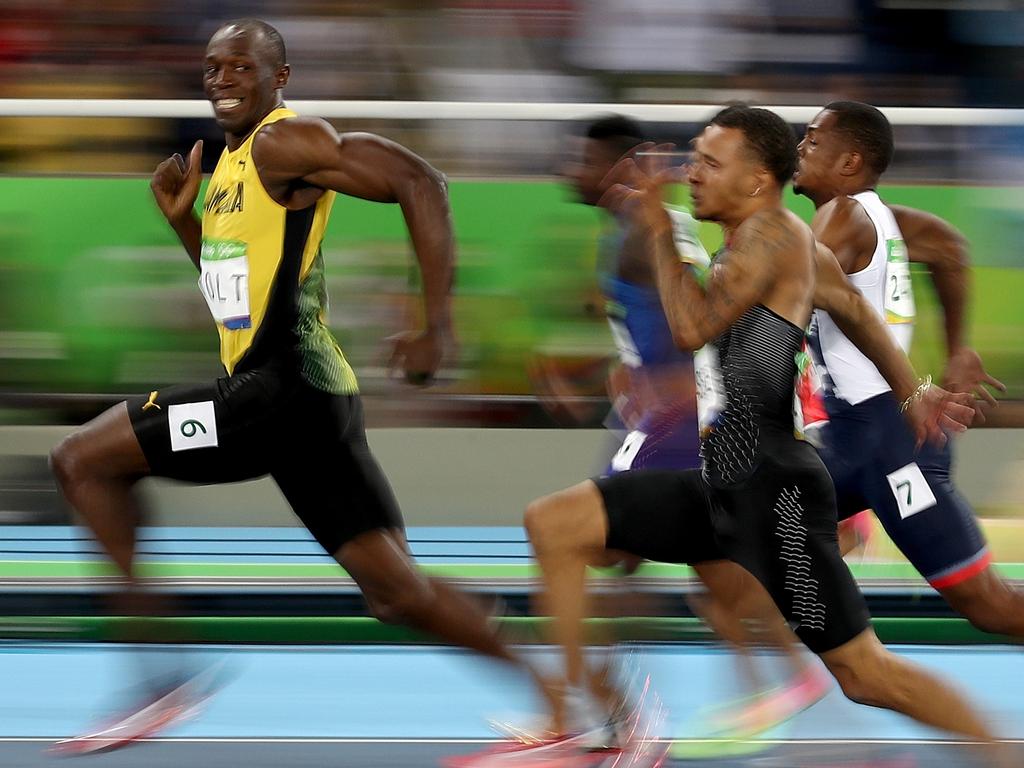
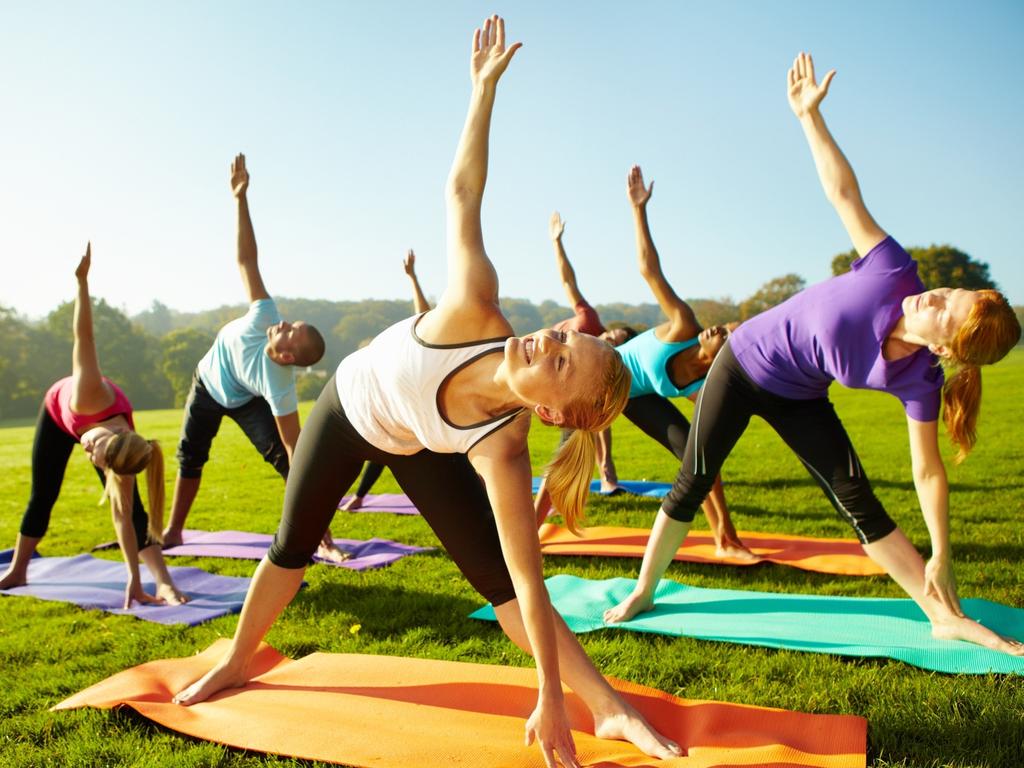



To join the conversation, please log in. Don't have an account? Register
Join the conversation, you are commenting as Logout